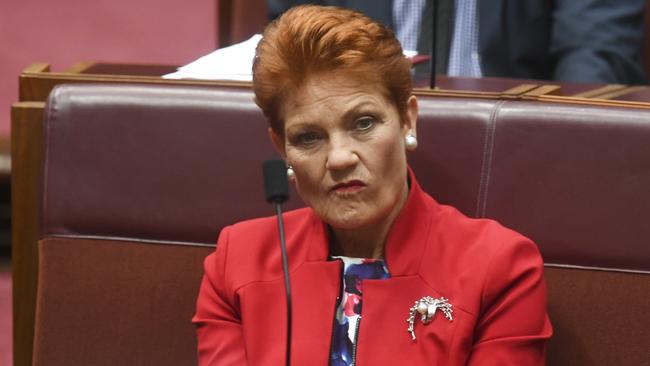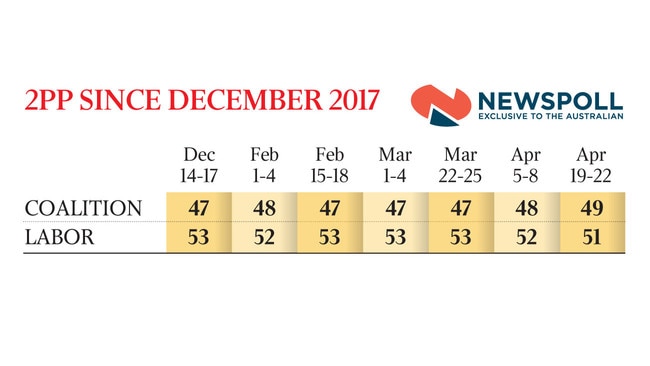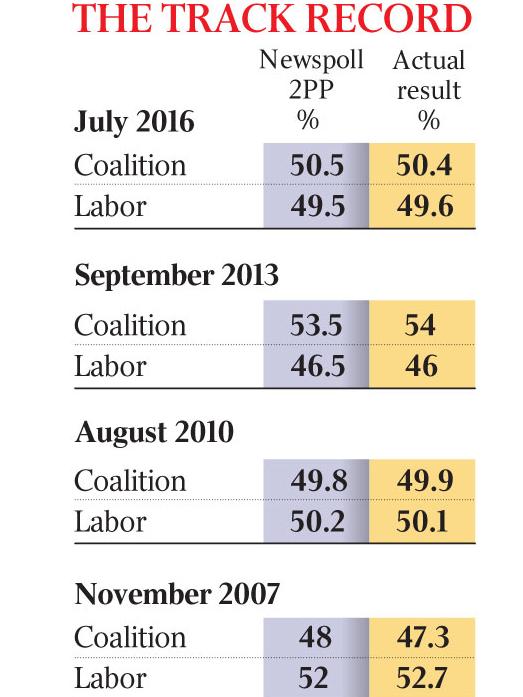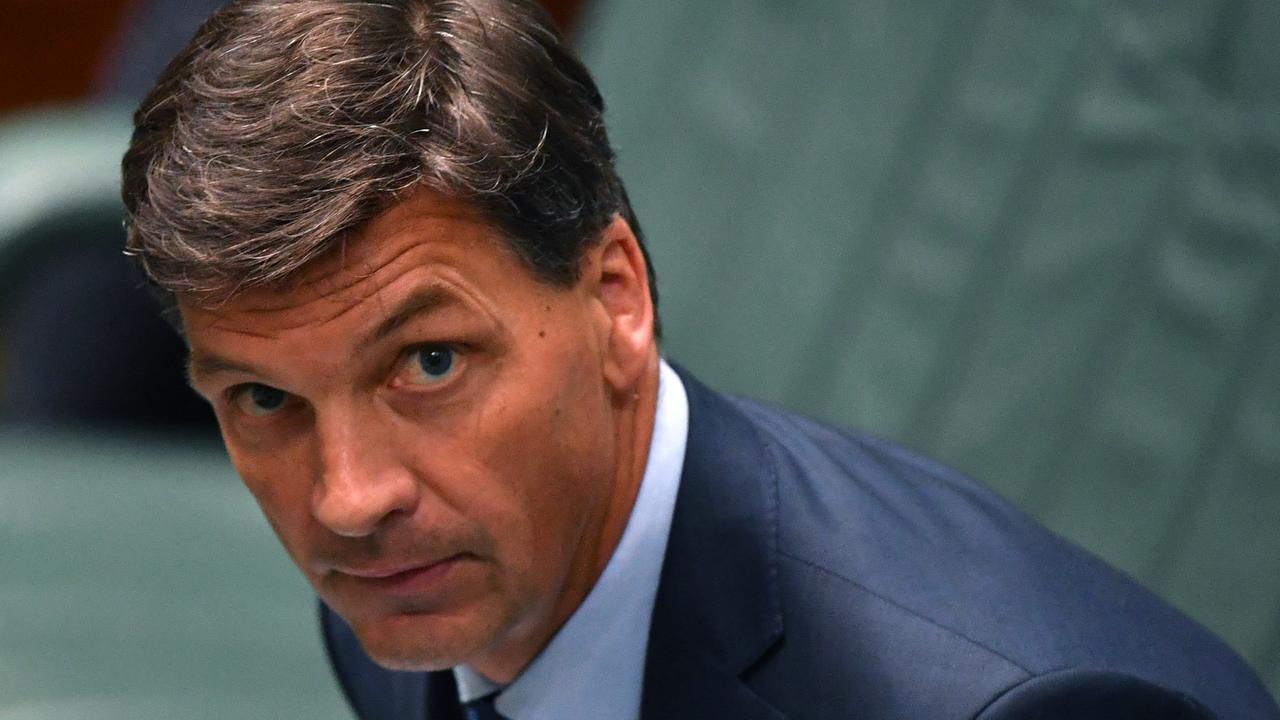One Nation voters’ changed habits prompt Newspoll rethink
A reassessment of One Nation preferences prompted a change by Newspoll to how it calculates the two-party-preferred vote.

A reassessment of One Nation preference flows prompted a change by Newspoll late last year to the way it calculates the two-party-preferred vote in its regular poll of Australian voting intentions, published exclusively by The Australian.
YouGov Galaxy, which conducts Newspoll, said the company had altered the way it allocated One Nation preferences following last year’s Queensland and West Australian elections, which showed One Nation voters were more likely to preference the Coalition than Labor.
There have been eight Newspolls conducted so far using the refined methodology.
Newspoll has historically calculated the two-party-preferred vote based on preference flows from the last election, which in the case of One Nation broke almost evenly between Labor and the Coalition.
But in November’s Queensland state poll, 65 per cent of One Nation preferences flowed to the LNP; and in WA’s March 2017 state poll, the Liberal Party received about 60 per cent of One Nation’s preferences. The company decided in December to change its methodology to reflect the observed preference flows from both elections.
ABC election analyst Antony Green said yesterday there had been a strong case for Newspoll to change the way it allocated One Nation preferences. “Given these are assumptions about preferences, it is perfectly reasonable, if you think there has been a change in preference flows, to make a change in your calculation,” he said. Mr Green said the changes to the methodology would affect the poll’s two-party-preferred results.

“If One Nation is getting 7-8 per cent, and you’re adjusting away from 50 towards 65 per cent preference flows, then you’re talking about a difference of up to 0.7 to 1 per cent in the two-party preferred, just by a simple change in technique,” he said.
Mr Green said asking voters about the way they would allocate their preferences had “proven to be quite inaccurate”.

“They either haven’t thought about it or it doesn’t reflect what happens on the day,” he said.
The most recent Fairfax Ipsos poll, which asked voters how they intended to allocate preferences, recorded the Coalition and Labor tied with a 50:50 two-party-preferred vote.
Political pundits have incorrectly speculated that the Coalition’s improved performance to 49-51 in last week’s Newspoll was due to the new methodology. ABC’s Insiders host Barrie Cassidy said the April 22 Newspoll showed the gap between the parties “suddenly tightening”. “It came about because the pollsters changed the methodology,” he said. He added that “conspiracy theorists” should consider the new formula may be more accurate.
YouGov Galaxy managing director David Briggs said the new methodology had been in place since before Christmas.
“Just to be completely clear, the change to One Nation preference flows was made in December 2017, not prior to the most recent poll as some commentators have wrongly suggested,” Mr Briggs said.
Newspoll is seen as the gold standard in Australian political polling. The Prime Minister recognised its status when challenging Tony Abbott for the leadership, lashing his predecessor for losing 30 Newspolls in a row. But the benchmark came back to haunt him this month, when Mr Turnbull achieved the same losing run.




